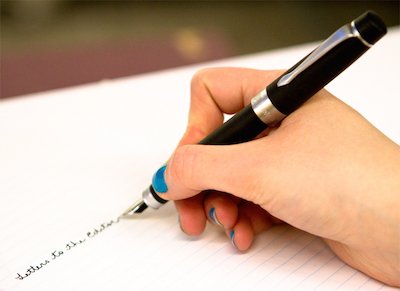There’s no reason anyone should be excluded from using Carleton’s athletic facilities simply because of a physical disability.
Every student pays $92.20 a term in compulsory athletic fees. Regardless of whether students take advantage of the athletic center or not, everyone who pays the fee should have equal opportunity to use it.
Research shows exercise has many benefits for people with physical disabilities, such as improving stamina and muscle strength, reducing the risk of heart diseases, and developing high blood pressure. People with disabilities are less likely to engage in regular moderate physical activity than people without disabilities, yet they have similar needs to promote their health and prevent unnecessary disease, according to the United States’ Center for Disease Control and Prevention.
In recognition of this need, the Carleton Disability Awareness Centre (CDAC) started a FutureFunder campaign to raise $6,500 for the purchase of an accessible chest press so students with disabilities can also take advantage of Carleton’s athletic facilities.
Although these fundraising efforts have kicked off quite well, students with disabilities shouldn’t have to rely on faculty members, their fellow students, and community members to fund something that the university should be paying for.
Carleton renovated and completely updated its gym facilities in June 2013. An 11,000-square foot fitness centre was introduced, featuring 15 new treadmills and 56 new cardio machines. Students approved an increase in their athletics fee of $12.50 per term in order to fund this. A part of that money could have gone towards the purchase of more accessible gym equipment.
Today, a more efficient re-allocation of funds could accomplish this.
The Dedicated Access Fund (DAF) at Carleton exists to improve accessibility of existing buildings and facilities on campus. It has an annual value of $80,000. Half of this is paid by the Carleton University Students’ Association (CUSA) and Graduate Students’ Association (GSA) with money from student levies, and half by the university. The DAF is currently funding several small projects around campus, such as improvements to washrooms, doors, and larger elevators.
I realize the necessities should be funded first. But the DAF committee has been able to install a personal aquatic lift at Carleton’s pool to help people with limited mobility enter and exit the pool. Gym equipment should be next on the list, and if the DAF cannot afford it, the university should step up and help.
A lot of students choose to attend Carleton because of its accessibility, and the Carleton website boasts its commitment to “achieving barrier free accessibility for persons with disabilities . . . and ensuring that individuals have equitable access to services and facilities.”
This mantra shouldn’t exclude the athletics facilities.






